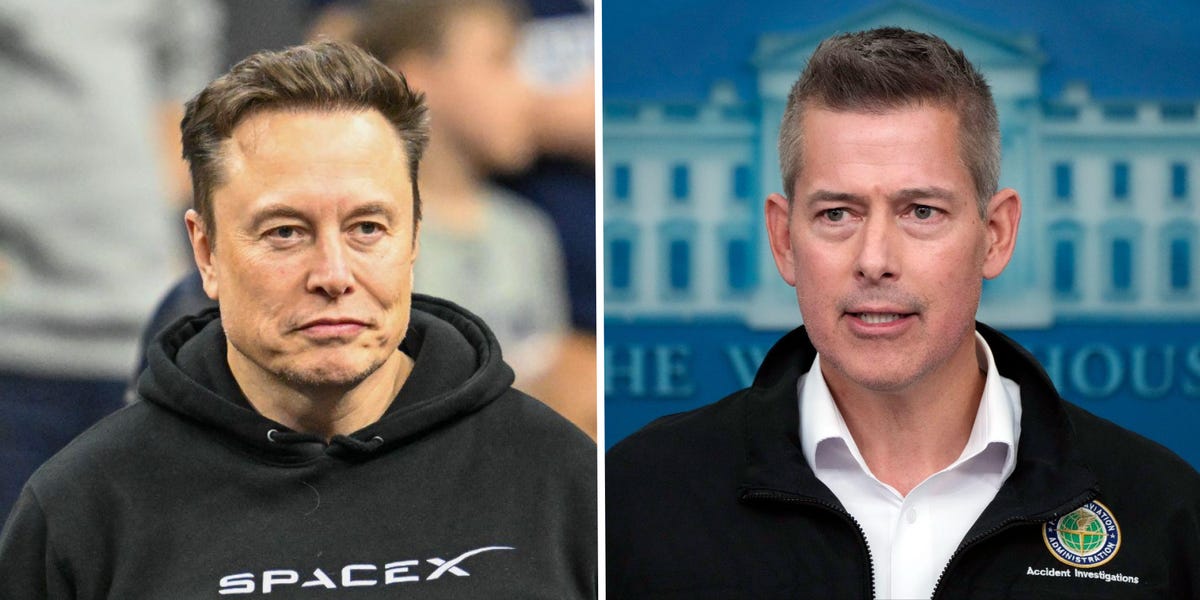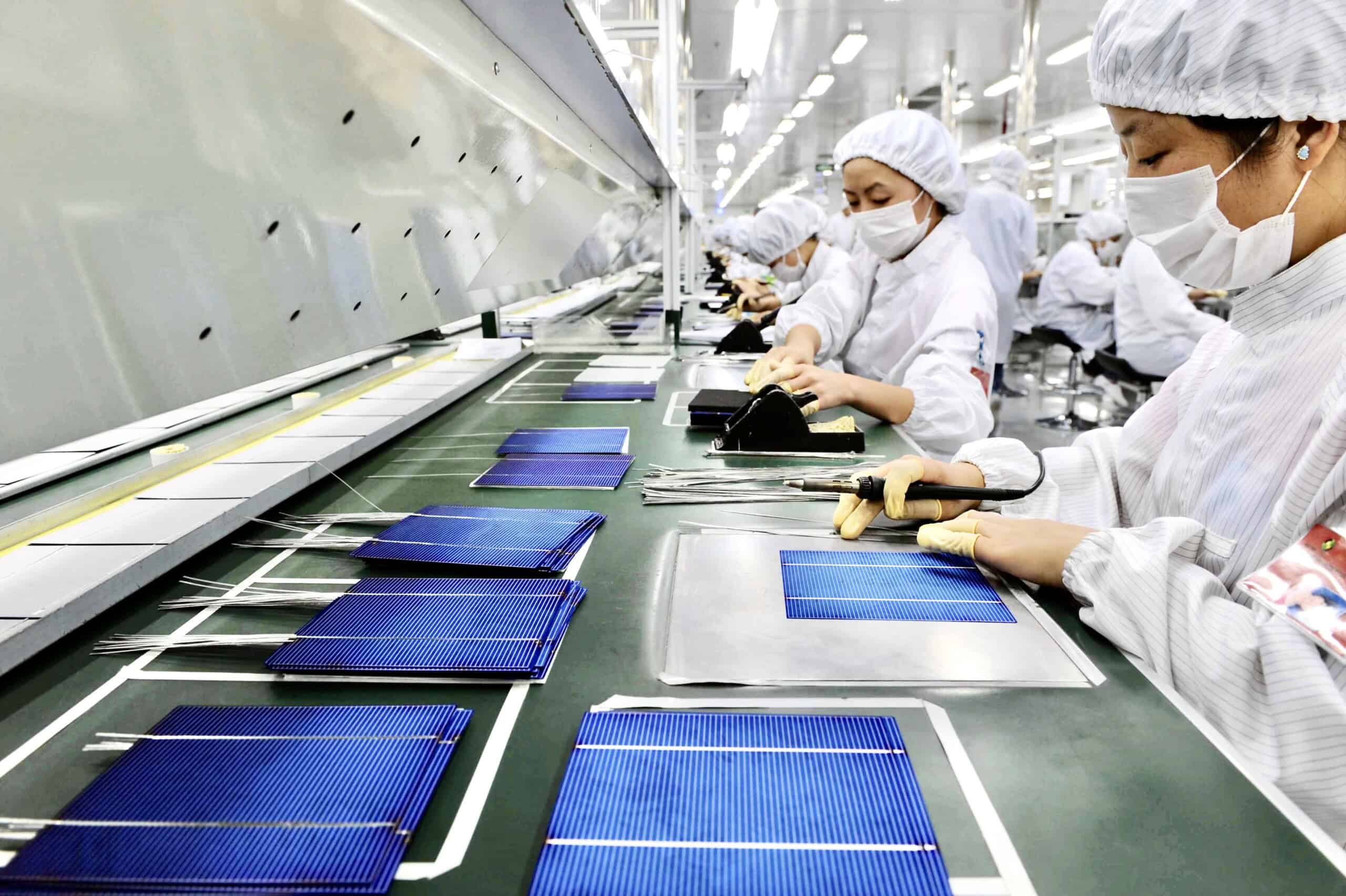After months of warnings that TikTok might be banned in the United States, Treasury Secretary Scott Bessent said both governments had agreed on a framework that would shift ownership of the platform to US control. That step, he explained, would allow TikTok to continue operating beyond the September 17 deadline.
President Donald Trump said on social media that the meeting had gone “very well” and adding that he would soon speak directly with President Xi Jinping. Chinese officials, for their part, pointed to a “basic framework consensus,” a sign that both governments were willing to ease tensions.
TikTok now sits in between disputes over trade, data, and technology. The talks in Madrid offered only a brief pause in the tension, a reminder that the debate is about far more than one platform. At its core, it reflects how the United States and China juggle rivalry and cooperation—a struggle that also sweeps up major players like Nvidia, Mellanox Technologies, Texas Instruments, and ON Semiconductor.
For both Washington and Beijing, the US Department of the Treasury and the Cyberspace Administration of China remain central players in this global drama, a dispute that reaches far beyond Madrid and, in Trump’s words, is often described as “One Big Beautiful Bill.”
TikTok at the center of Madrid talks
Secretary Bessent confirmed that the framework would bring the app under US-based ownership. “The framework is for a switch to a US-controlled ownership,” he told reporters, while Trade Representative Jamieson Greer hinted that a short extension to the September deadline might be granted to finalize details.
In Beijing, Vice Minister of Commerce Li Chenggang told Chinese media that the two sides had reached “a basic framework consensus on resolving issues related to TikTok through cooperation.” Suggesting a cooling of the heated exchanges that had dominated earlier discussions.
The framework was presented by the US Department of the Treasury as a more comprehensive strategy that also takes tariffs and technological security into consideration. Beijing would continue to protect its interests and its companies’ rights, the Cyberspace Administration of China and other regulators responded.
Technology companies in the conflict
Chinese regulators accused Nvidia of violating anti-monopoly rules linked to its 2020 purchase of Mellanox Technologies. Nvidia’s chips power much of the artificial intelligence boom, and the company has become the world’s most valuable chipmaker. At the same time, it is navigating export restrictions from Washington designed to slow China’s access to advanced processors.
The Ministry of Commerce in Beijing announced an anti-dumping investigation into analogue integrated circuits, commonly produced by Texas Instruments and ON Semiconductor. A separate probe will focus on alleged discriminatory practices by the United States against China’s semiconductor industry. These actions mirror Washington’s own restrictions, showing how each side has settled into a cycle of measure and countermeasure.
Nvidia recently received permission from the Trump administration to sell its H20 graphics processing unit in China, a chip designed to meet US export rules. Yet the broader picture is one of scrutiny from both capitals. The Madrid talks underscored that technology companies are no longer just commercial actors. They are now players in a wider struggle for power, with innovation and supply chains trapped in the middle.
Finding common ground in rivalry
The talks in Madrid hinted at cooperation even amid the tension. And officials noted that more rounds of negotiations are expected, following earlier meetings in London, Geneva, and Stockholm. Each session has produced 90-day pauses on tariff hikes, creating space for dialogue and keeping a full trade war at bay.
The dispute that started over TikTok is now a part of a much larger story about how the world’s two biggest economies deal with rivalry, conflict, and sometimes compromise.


